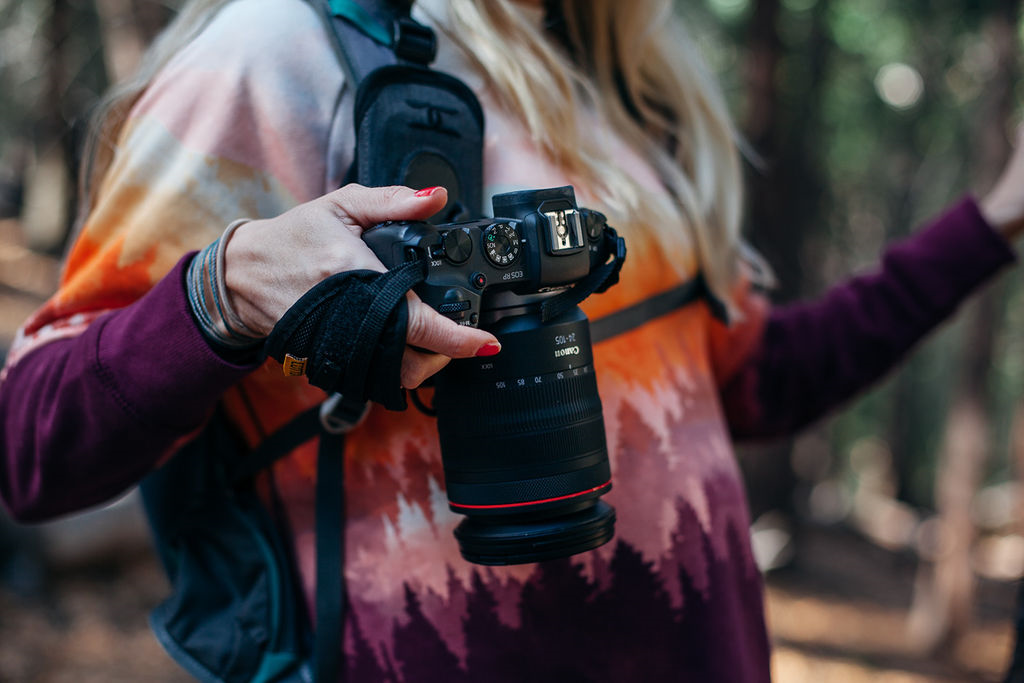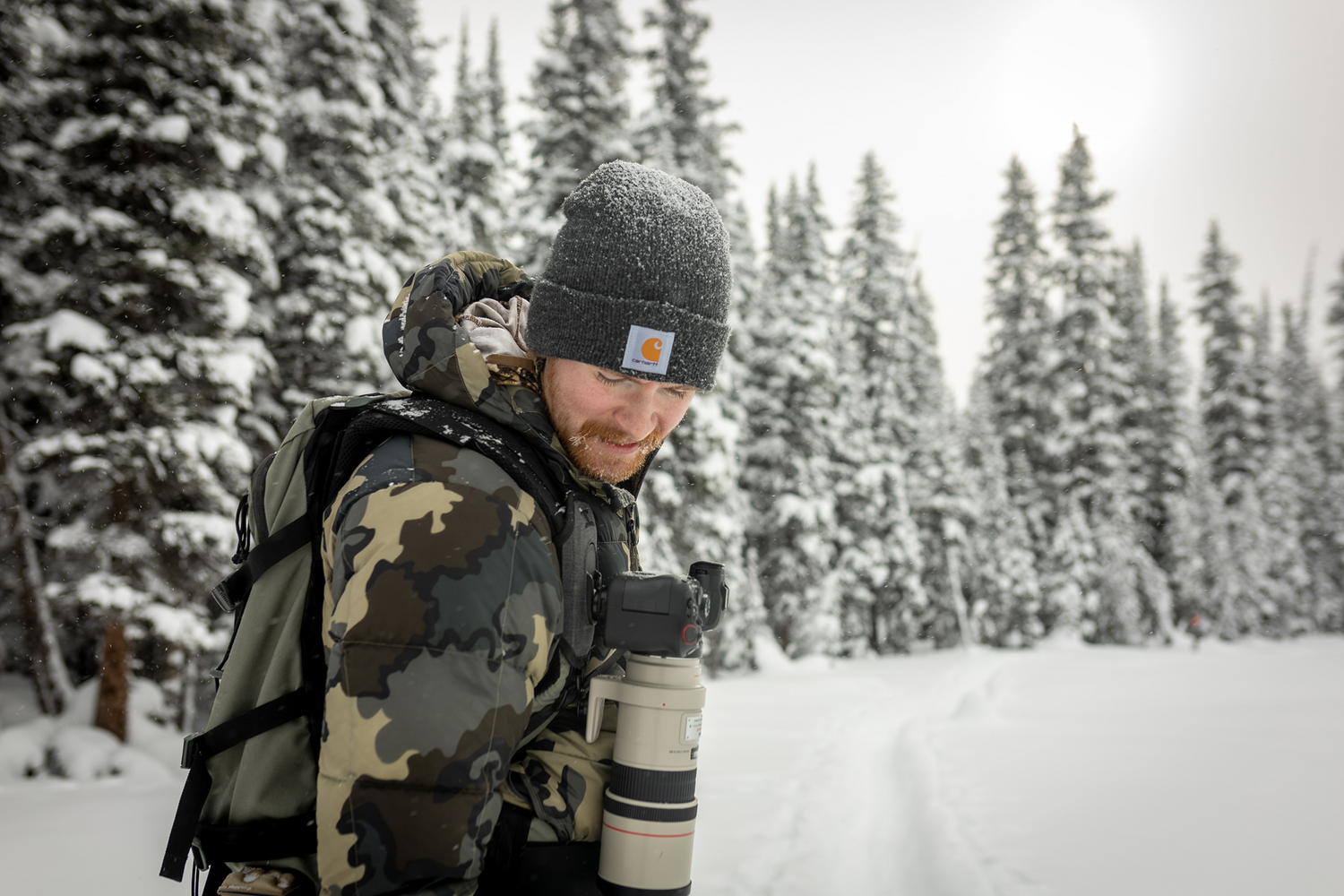Forced perspective photography is a playful and creative technique that can transform ordinary scenes into extraordinary illusions. By manipulating the visual relationship between objects and the camera, photographers can create stunning effects that make objects appear larger, smaller, or closer than they are in reality. Whether you're a seasoned photographer or just starting out, forced perspective photography offers endless possibilities for experimentation.
In this blog, we’ll explore what forced perspective photography is, share some fun ideas to try, and provide tips on how to master this fascinating technique.
What is Forced Perspective Photography?
Forced perspective photography is a technique that plays with the scale, distance, and position of objects in a photo to create visual illusions. By adjusting how the camera sees depth and scale, you can make subjects appear larger, smaller, or closer than they actually are. This technique is widely used in movies, art, and photography to create dynamic and surprising images.
The magic of forced perspective comes from the way our brains interpret visual cues like size, depth, and scale. When you arrange objects in a certain way, you can trick the viewer’s perception. For example, you might make it look like someone is holding the moon between their fingers or towering over a distant mountain.
Examples of Forced Perspective in Everyday Life:
- Tourists "pinching" the top of the Eiffel Tower.
- Making a person appear as though they are standing on someone’s outstretched hand.
- A photo where a small object, like a toy car, looks like it's full-sized and part of the landscape.
Forced perspective relies heavily on positioning and distance, but also on the viewer's ability to suspend disbelief and enjoy the playful illusion.
Forced Perspective Photography Ideas
Looking for inspiration? Here are some fun forced perspective photography ideas that you can try:
1. Holding the Moon or Sun
One of the most popular forced perspective ideas is creating the illusion of holding celestial bodies like the moon or sun. Position your subject in the foreground, with the moon or sun in the background. Make sure the person pretends to pinch or hold the distant object between their fingers.
2. Giant vs. Miniature Figures
You can make a person look like a giant or shrink them down by manipulating distance. Place one person close to the camera and another far away to make the closer person appear much larger. You could even play with props, making it seem like a small figure is interacting with a giant object, like sitting inside a giant shoe or cup.
3. Climbing Buildings or Mountains
Create the illusion that someone is scaling a skyscraper or mountain by using an angled shot. Position the person as though they are climbing or leaning against a distant object that’s out of scale, such as a small hill that looks like a towering peak.
4. Interacting with Large Objects
Play with props or everyday objects to create funny scenarios. For instance, you can position someone to look like they’re drinking out of a large coffee cup or that they’re pushing over a massive tree or building.
5. Floating or Flying
Forced perspective can also give the illusion of floating or flying. By having someone jump and capturing the image at just the right moment, you can make it seem like they are suspended in mid-air, particularly when interacting with other objects that suggest height or distance.
6. Creating Symmetry with Shadows
Use shadows creatively in forced perspective shots. You can position a person in such a way that their shadow interacts with another object in the frame, creating the illusion that the shadow is doing something different from what the person is doing.
How to Do Forced Perspective Photography
Creating compelling forced perspective images doesn’t require fancy equipment, but it does require careful planning and attention to detail. Here are some tips on how to get started:
1. Plan Your Concept
Before you start shooting, it’s helpful to have a clear idea of what illusion you want to create. Sketch it out or visualize the final shot in your head. This will help you figure out where to position your subjects and camera to achieve the effect you want.
2. Choose the Right Location
Location plays a big role in forced perspective photography. Choose an open space with distant objects (like the horizon, buildings, or natural landscapes) to make it easier to manipulate the appearance of scale and distance.
3. Use a Wide-Angle Lens
A wide-angle lens can help exaggerate the difference in scale between the foreground and background. This lens choice is great for creating dramatic forced perspective effects because it allows you to include both distant and close objects in the same frame.
4. Position Your Subjects Carefully
The key to forced perspective photography is positioning. Have your subjects stand far apart, but make sure their actions align with the illusion you’re trying to create. For example, if someone is pretending to hold an object in the distance, make sure their hand is positioned exactly where the object appears in the frame.
5. Control Depth of Field
Keep both the foreground and background in focus to maintain the illusion. Using a small aperture (high f-stop) will give you a greater depth of field, ensuring that all elements of the photo, from the person in the foreground to the object in the background, are sharp and clear.
6. Experiment with Angles
Forced perspective often relies on finding the perfect angle. Don’t be afraid to move the camera around or adjust the position of your subjects until the illusion is convincing. Sometimes a slight change in angle can make a huge difference in how the final photo turns out.
7. Use Props
Adding props to your scene can enhance the illusion. Objects that look familiar to the viewer can make your image more believable and add an extra layer of humor or intrigue to your shot. For example, placing a small object closer to the camera can make it appear larger than life, interacting with distant subjects in surprising ways.
8. Keep Your Camera Handy
Forced perspective photography often requires you to take shots quickly to get the perfect alignment. Having your camera easily accessible is key to capturing those spontaneous moments. Using a crossbody camera sling to keep your camera securely attached to your backpack strap for quick and easy access. This holster keeps your hands free while hiking or adjusting props and angles, ensuring you never miss the perfect shot.

9. Pay Attention to Lighting
Lighting can make or break the illusion. If the lighting is inconsistent between the foreground and background, the illusion may not be as convincing. Make sure that your light source is evenly distributed across the entire scene, or manipulate shadows to enhance the effect.
10. Shoot in Manual Mode
To maintain full control over your camera settings, shoot in manual mode. This will allow you to adjust your aperture, shutter speed, and ISO independently, ensuring that you have the right depth of field and exposure for your forced perspective shot.
11. Post-Processing
While the magic of forced perspective is created in-camera, post-processing can help enhance your final image. Use editing software to adjust contrast, brightness, or even clean up small details that may distract from the illusion. However, avoid over-editing as it may take away from the natural feel of the photograph.
Forced perspective photography is a fun and creative way to stretch your imagination and create striking images. With just a few adjustments to positioning, perspective, and depth, you can produce illusions that delight and surprise viewers. Whether you’re making the moon fit between your fingers or creating a world where giants and miniatures coexist, forced perspective invites endless possibilities for artistic expression.





